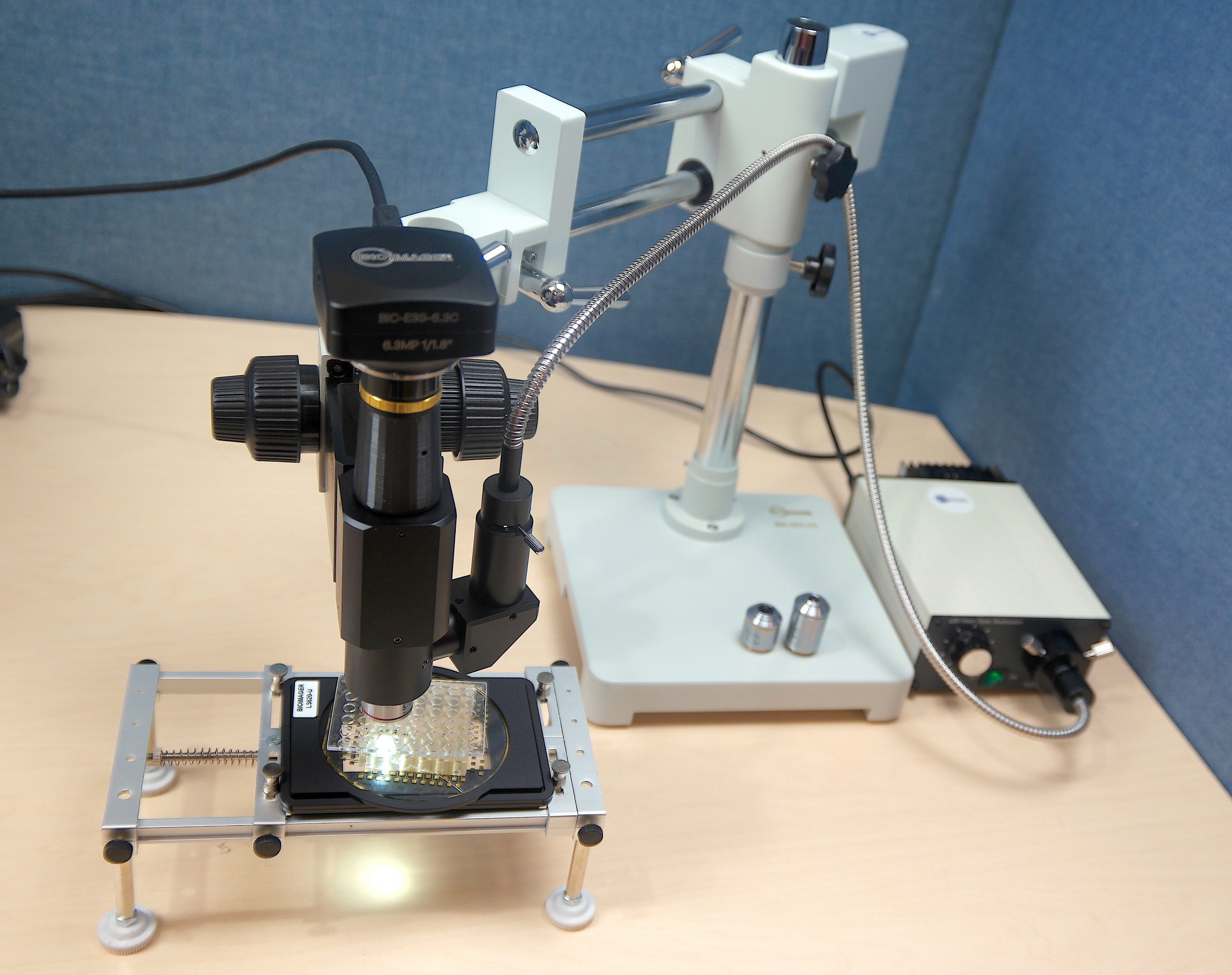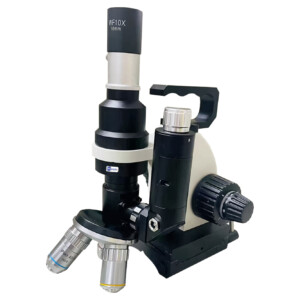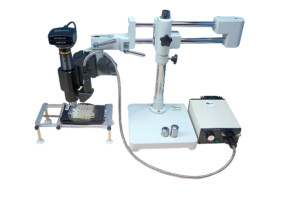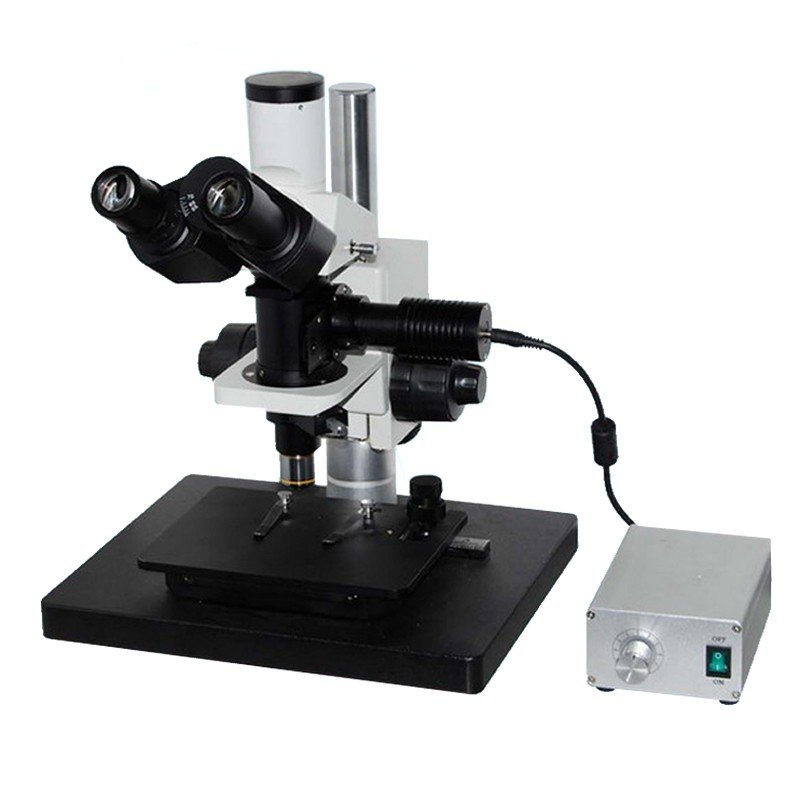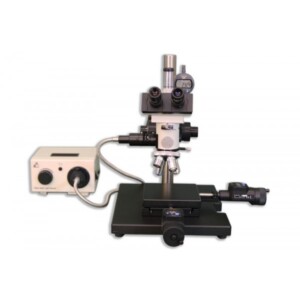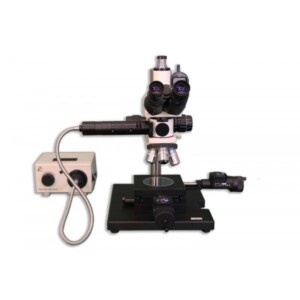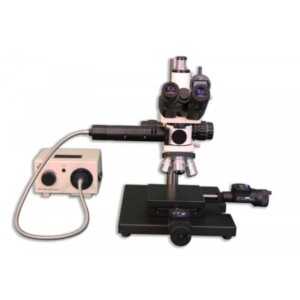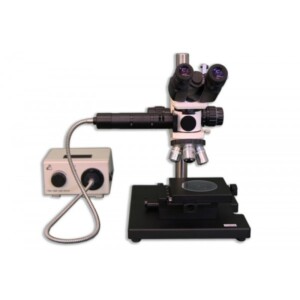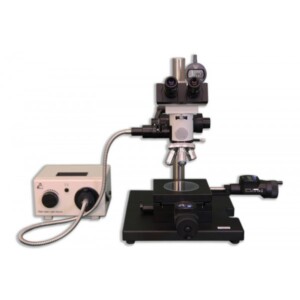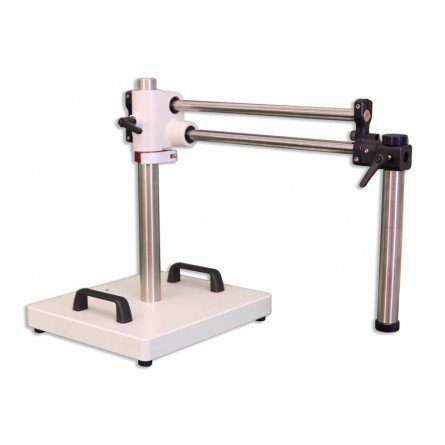Boom Stand Metallurgical
Showing 1–9 of 11 results
Showing 1–9 of 11 results
A boom stand metallurgical microscope is a type of microscope used in materials science and metallurgy to examine the microstructure of metals and alloys. It consists of a monocular, binocular or trinocular head, which allows for one or two eyepieces to be used simultaneously, a boom arm stand that supports the head, an illuminator, and a camera.
The boom arm stand allows for the microscope to be positioned over a large or bulky sample(s), which is necessary in metallurgical applications. The illuminator provides bright and even illumination to the sample, which is critical for imaging the microstructure of metals.
Metallurgical microscopes typically have magnification ranges from 5x to 1000x or higher, and may be equipped with different types of lenses and filters to enhance the contrast and resolution of the image. They are often used to examine the grain structure, porosity, and inclusions in metals and alloys, as well as to evaluate the effectiveness of various heat treatments and processing techniques.
A boom stand microscope may have transmitted and reflected brightfield imaging, darkfield imaging and polarization, as well as a DIC Nomarski imaging.
Boom stand metallurgical microscopes provide a larger working distance and area than upright metallurgical microscopes.
The boom stand metallurgical microscopes provided reflected illumination that shines down through the objective lenses onto the large area of working area.
The boom stand allows larger and taller objects to be placed under the microscope.
A stand with transmitted light is available for customization. Please contact us.

